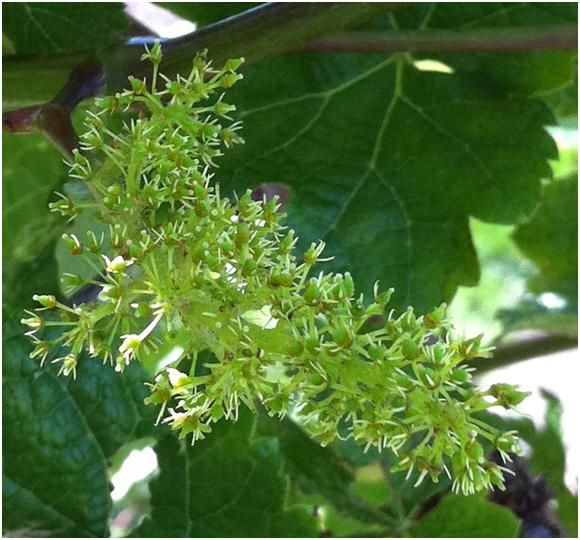 Breeders and agronomists have certain objectives in mind for crop improvement These objectives are to:
Breeders and agronomists have certain objectives in mind for crop improvement These objectives are to:
- Evolve cuItivars with increased yield by obtaining the optimum combination of yield components such as number of reproductive units per unit area, number of seeds per reproductive unit, and weight per seed.
- Tailor crop maturity to fit crops into the cropping sequence or span of favorable environment, or to escape stresses.
- Breed cultivars that are resistant to diseases, insects, and other pests.
- Select cuItivars that are responsive to fertilizers.
- Improve the nutritional, cooking, storage, and marketing qualities of cuItivars.
- Develop cultivars that are resistant to drought, heat, frost, lodging,and shattering.
- Breed cultivars adapted to mechanization.
Increasing yield. Two pathways for evolving cultivars with higher yield are available: replacing single characters that limit productivity, and combining characters that increase productivity.
Let us define some basic terms and analyze the concept of yield. Biological yield is the total dry matter produced by a plant as the result of photosynthesis and nutrient uptake, minus that lost by respiration. Economic yield is the economically important part for which a particular crop is grown. In most crops seed is the economic yield. Its unit is usually kg/ha and measured by a weighing scale. Harvest index is the ratio of economic yield to biological yield, expressed as a percentage. Economic yield can be calculated as shown in the equation below.
Economic yield = biological yield x harvest index
Thus, usable yield can be increased by increasing biological yield, harvest index, or both. We must work on increasihg bioiogical yield and better partitioning of photo-assimilates to the economic parts of the plant, i.e. harvest index. Consequently, we must work on the physiological basis of biological and economic yield. Though breeders were not selecting directly for either higher biological yield or for higher harvest index in their work on most grain and seed crops, yield improvements in wheat, rice, and peanut have been mainly due to increase in harvest index, while in maize and oat yields have been improved by increase in biological yields as well as harvest indices.
Some varieties are more productive than others because they are resistant to diseases, insect pests, or various stresses; while others are more productive because of greater basic physiological efficiency. The varieties that are more productive because of greater physiological efficiency have a higher net assimilation rate, faster relative growth rate, greater leaf area and biomass duration, or better partitioning. .
Underlying physiological mechanisms.
Physiological processes that affect growth, development, and yield, and are controlled by blocks of sequences of DNA interact with the environment. Any factor that affects growth, development, and yield does so by affecting these basic physiological processes. Thus, in a crop improvement program we must aim at producing genotypes that control physiological processes in a balanced manner, givingcrop plants that are physiologically more efficient under diverse types of climates.
We must use the enormous amount of information in the field of plant physiology for the improvement of crop plants. Emphasis should be on improving the geometry, volume, and density of the plant canopy, as well as obtaining optimum leaf area and duration of photosynthesis to maximizelight interception, and on increasing the efficiency of light utilization. To produce physiologically efficient crop plants, emphasis should also be on internal relationships among processes such as photosynthesis by the different plant parts, phloem loading, translocation, phloem unloading, remobilization of reserve food, strengths and intensities of the various sinks; and source-sink interaction during vegetative and reproductive stages. The aim should be to design an ideal plant type (ideotype) that allocates external and
internal resources in a manner conducive to greater biomass production per unit of land area, time, and scarce resources.
The variation in crop plants is a marvel of creativity. Variation can be due to environment or to heredity. Heritable variation, the variation because of differences in DNA sequences, is the basis of varietal improvement. Genotypic variation in any species may already be present and need to be collected, or it can be created by hybridization, mutation, or polyploidy.
Key Reference:
Crop Production By Mr. Shafi Nazir, Managing Author,
Edited By: Elena Bashir, Robyn Bantel







